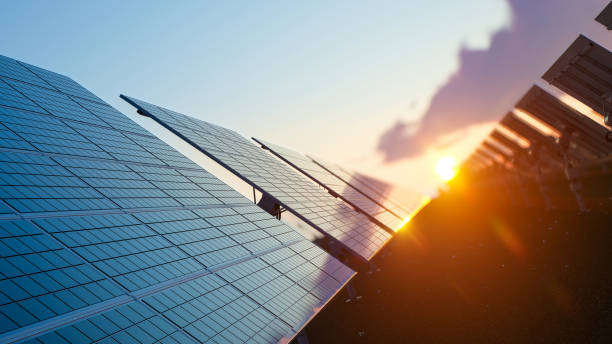The sun is an incredible source of power. Every day, it provides more energy than the world could ever use, making it an essential player in the fight for a cleaner, more sustainable future. Solar design is the art and science of capturing this energy and turning it into practical solutions that benefit both people and the planet.
What Is Solar Design?
Solar design is about creating systems and structures that utilize sunlight effectively. From high-tech solar panels to innovative building designs that optimize natural light and heat, the field is constantly evolving. Solar design typically falls into two categories:
- Active Solar Design: This involves technology like solar panels and solar water heaters that actively capture sunlight and transform it into electricity or heat.
- Passive Solar Design: This uses the natural properties of sunlight and building materials to heat, cool, and light spaces without relying on external systems. Examples include strategically placed windows, thermal mass floors, and reflective roofing materials.
The Benefits of Solar Design
Solar design offers countless advantages for individuals, communities, and the planet:
- Clean Energy: Solar power produces no emissions, helping reduce air pollution and combat climate change.
- Cost Efficiency: Although the initial setup can be expensive, solar systems save money in the long run by lowering electricity bills.
- Energy Independence: With solar power, you can rely less on traditional energy grids and fossil fuels.
- Sustainable Living: Solar systems work quietly, require minimal maintenance, and last for decades.
Innovative Applications in Solar Design
The field of solar design is expanding rapidly, with creative solutions being implemented worldwide. Here are some of the most exciting trends:
1. Building-Integrated Photovoltaics (BIPV)
Instead of mounting panels onto roofs, solar cells are seamlessly integrated into construction materials like glass, walls, and even floors. This turns buildings into power generators while maintaining aesthetic appeal.
2. Solar Trees
These are not just art installations but functional solar power sources. Shaped like trees, they can be placed in urban spaces to generate energy, charge devices, and provide shade.
3. Floating Solar Farms
By installing solar panels on water bodies like reservoirs and lakes, these farms save valuable land and reduce water evaporation, creating a dual-purpose solution.
4. Solar-Powered Transportation
From solar-powered cars to bus stops with integrated solar charging stations, renewable energy is driving innovation in the transportation sector.
5. Smart Solar Homes
New technology allows homes to use solar energy intelligently. Systems can store energy for use during cloudy days and even share excess energy with the grid or neighbors.
Incorporating Solar Design Into Everyday Life
You don’t need to overhaul your home to start using solar design. Here are a few practical ways to get started:
- Solar Lighting: Use solar-powered garden lights and streetlights.
- Portable Solar Chargers: Keep your devices charged wherever you go with small, portable panels.
- Energy-Efficient Homes: When renovating or building, incorporate passive solar features like south-facing windows and proper insulation.
- Community Solar Projects: Participate in shared solar initiatives to benefit from renewable energy without installing panels at home.
The Future of Solar Design
The future of solar design is brighter than ever. As technology advances, solar systems are becoming more efficient, affordable, and versatile. Some exciting possibilities include:
- Solar-Powered Cities: Imagine entire cities running on solar power, with smart grids and autonomous systems to manage energy efficiently.
- Solar Fabrics: Clothing and accessories made with solar cells could power your gadgets on the go.
- Artificial Photosynthesis: Scientists are exploring ways to mimic plants, using sunlight to produce clean fuels.
Conclusion
Solar design is more than just technology; it’s a mindset. By embracing the power of the sun, we can reduce our dependence on nonrenewable resources and create a sustainable future for generations to come. Whether it’s through small changes like solar lights or big investments like rooftop panels, every step toward solar energy brings us closer to a cleaner, greener world.





Comments